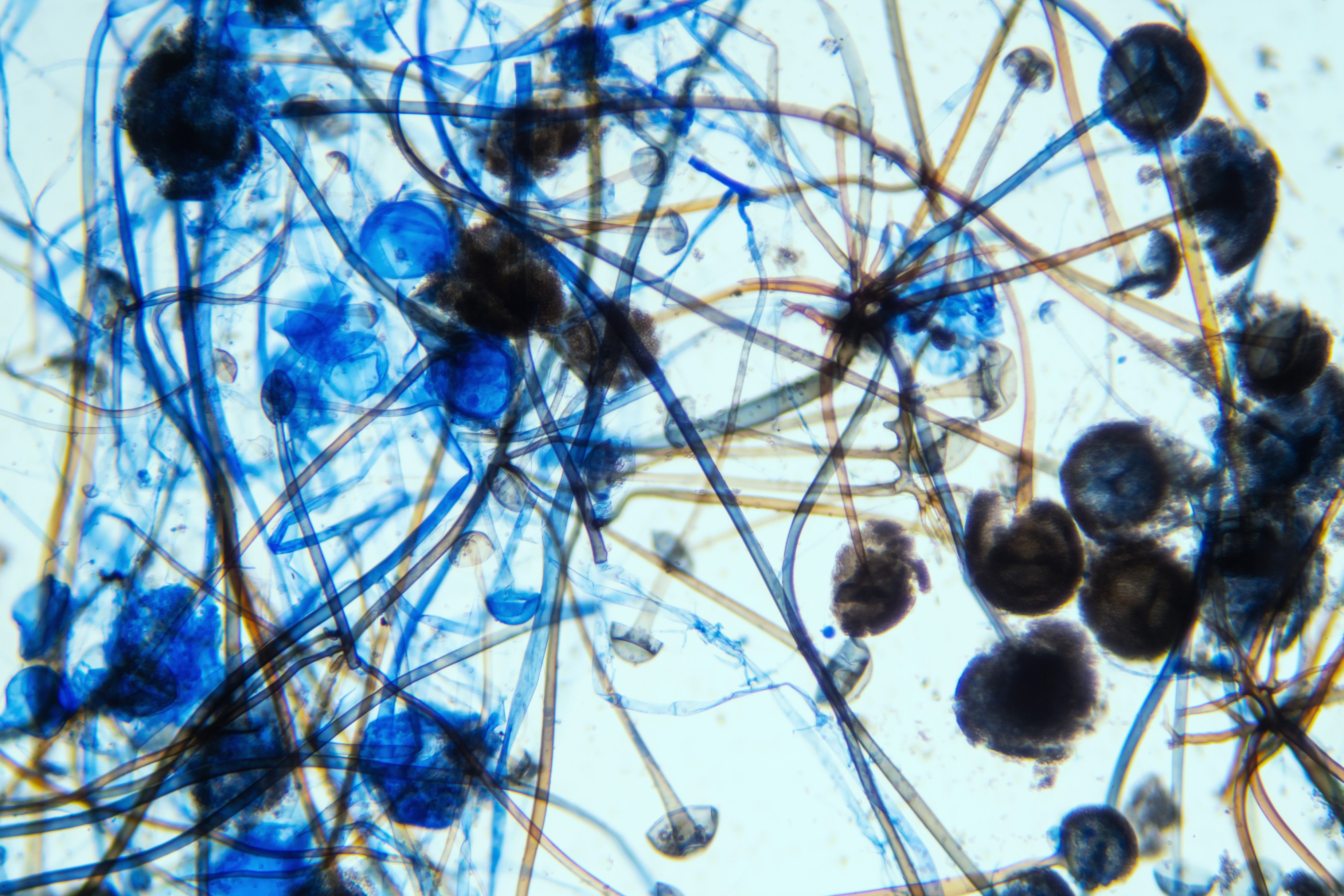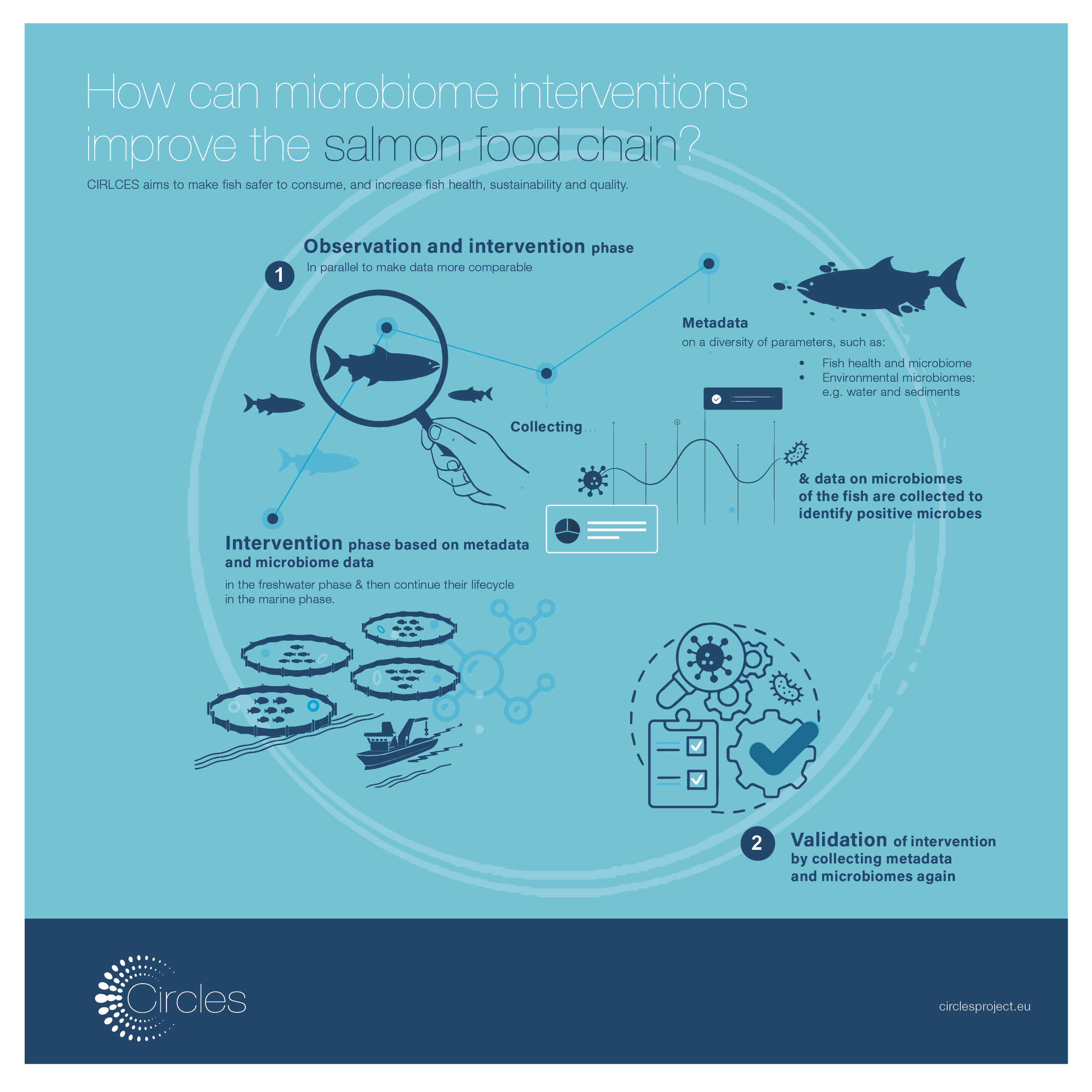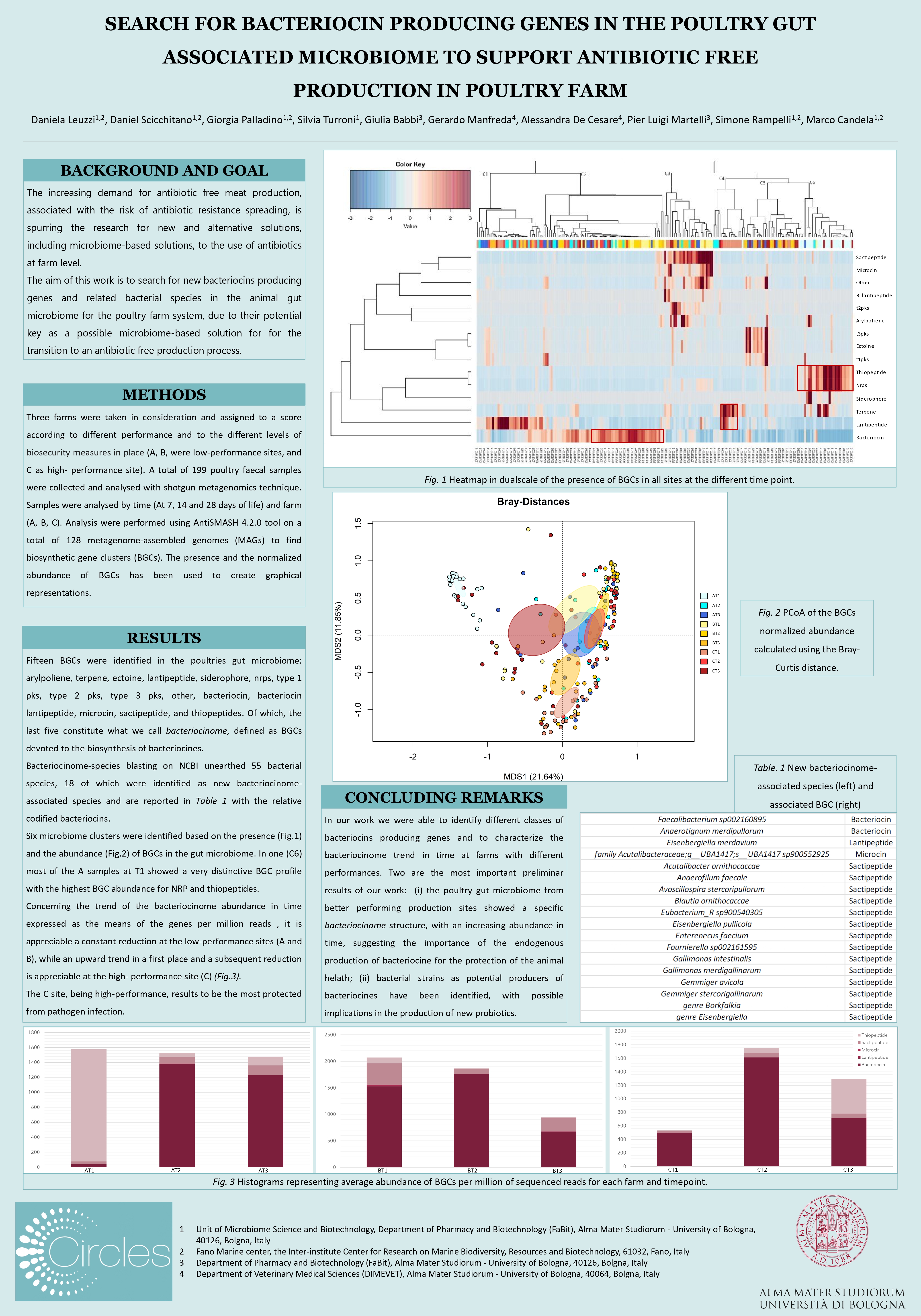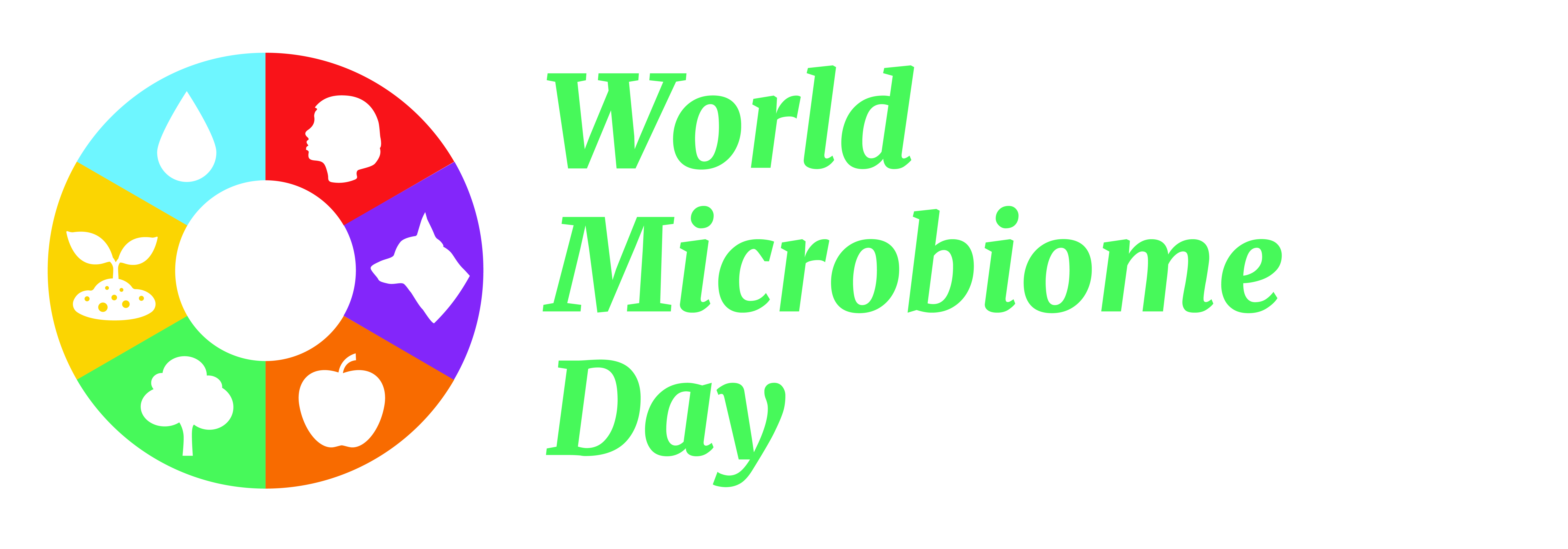What’s in a name? We might often hear this phrase, but in science all findings must be described with firm and clear definitions backed up by objective scientific methodology. The scientific term “microbiome” has been introduced fairly recently and is currently overarching several scientific disciplines. As such it has been used in many ways and with different meanings. Moreover, the term has undergone, and is still undergoing, conceptual changes due to the ongoing technological progress which is related to microbiome studies. A recently published paper brings a unified definition by combining the consensus concepts of a large group of experts1. This paper irons out several ambiguities on the accurate usage of the terms “microbiome” and “microbiota”.
“This is a lot more than a Tomato Tomahto matter: a set of congruent definition is chief towards a prompt and effective exchange of information and resources. Imagine entering a café’ and ordering a cappuccino: in absence of consensus definitions you may well be served with a pizza 😉”, says CIRCLES partner Davide Bulgarelli, who recently joined the Coordinating Committee of the Phytobiomes Alliance. CIRCLES partner Kostas Kormas adds, “the acceptance and agreement on these terms by the scientific community provides a clear working framework for all researchers trying to resolve the mysterious, yet fascinating, microbial world. It also makes it possible to communicate our results easily and safely to the general public.”
With the paper, the authors have also paved the way for future requirements in microbiome science. Crucially, CIRCLES integrated in its experimental design all the key elements envisioned in the future of microbiome science. Most notably, the holistic view on the composition and function of the microbiome, its spatio-temporal variation, the identification of leverage points where impact towards a future-proof food system is biggest, and, perhaps most importantly, the One Health vision. “In CIRCLES we believe this requires us to further push the boundaries of the field: this is why we decided on studying not just one microbiome at a time but seven different ones and how they interconnect.”, says Davide Bulgarelli.
If you want to find out more, you can read the full publication on the microbiome definition here.
1The consensus definition of the paper: The microbiome is defined as a characteristic microbial community occupying a reasonable well-defined habitat which has distinct physio-chemical properties. The microbiome not only refers to the microorganisms involved but also encompass their theatre of activity, which results in the formation of specific ecological niches. The microbiome, which forms a dynamic and interactive micro-ecosystem prone to change in time and scale, is integrated in macro-ecosystems including eukaryotic hosts, and here crucial for their functioning and health.






